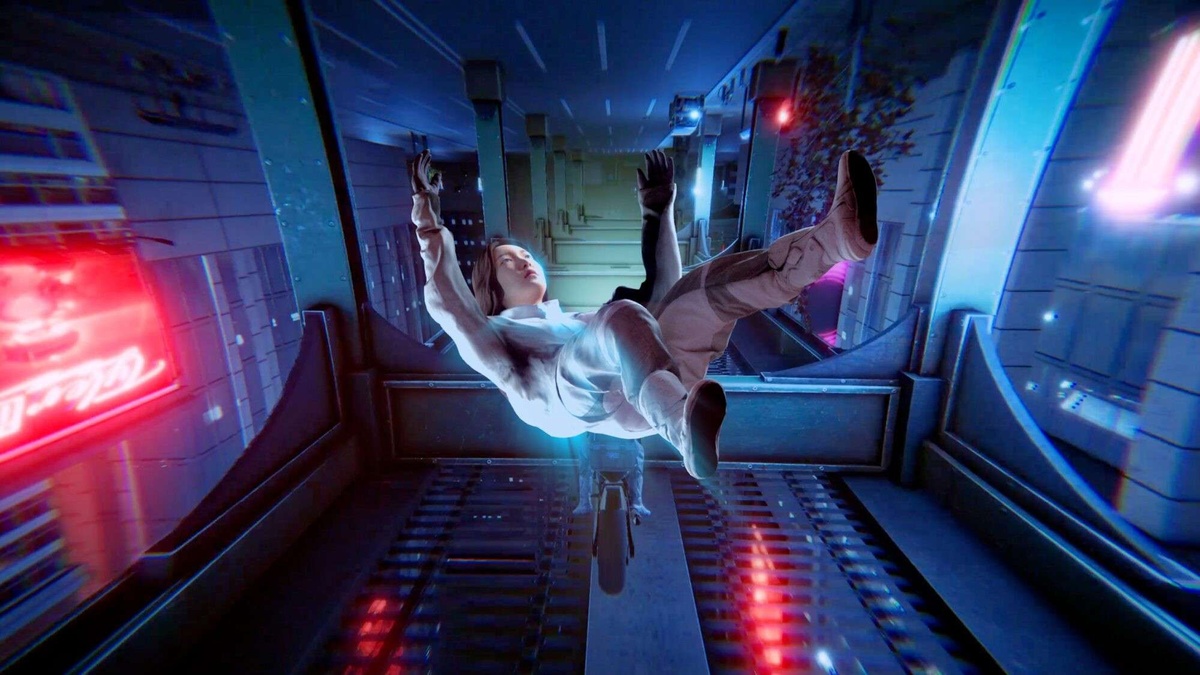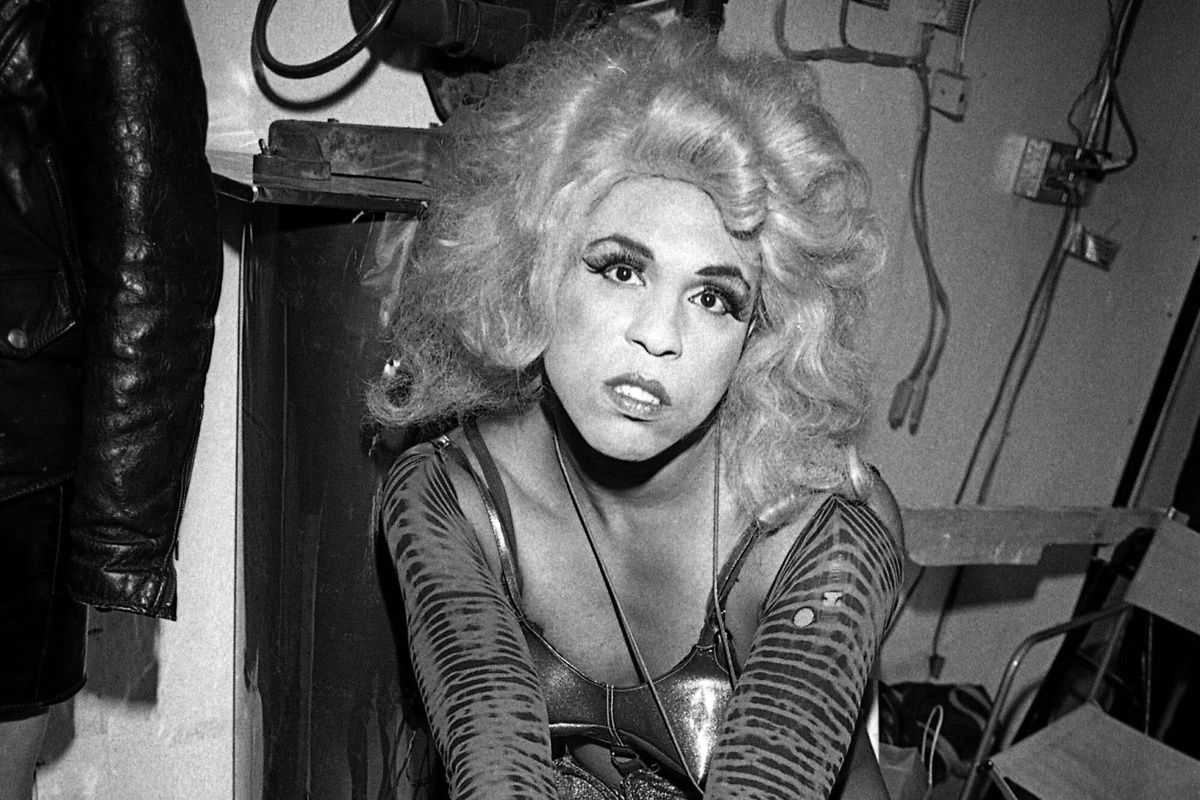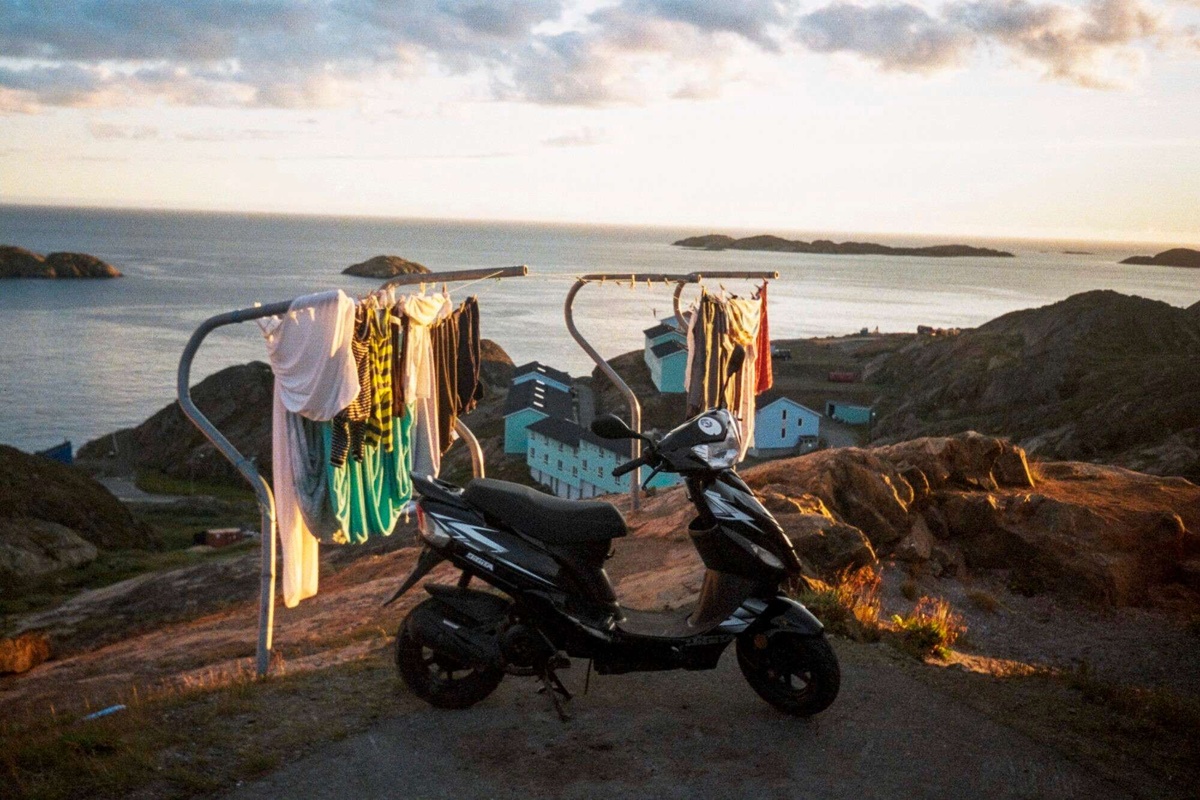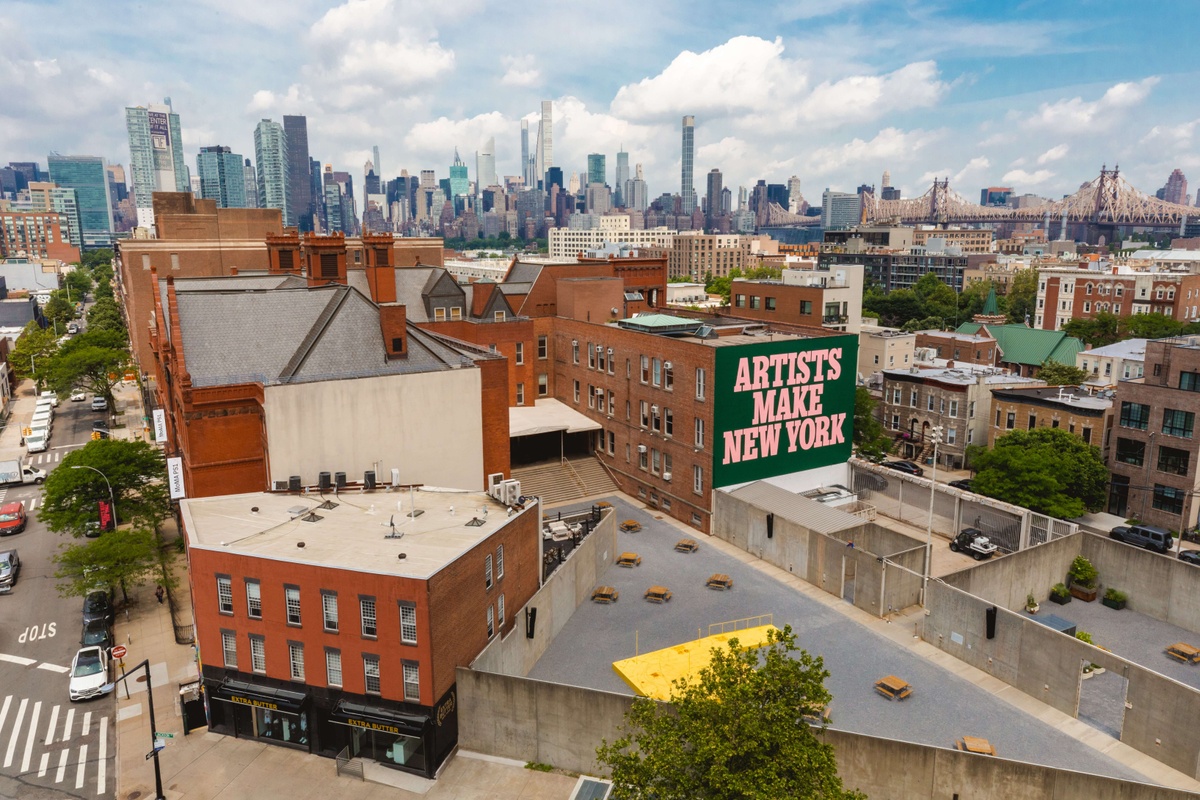
Encounter today’s most exciting artists
Encounter today’s most exciting artists
Read, Watch & Listen
Read, Watch & Listen
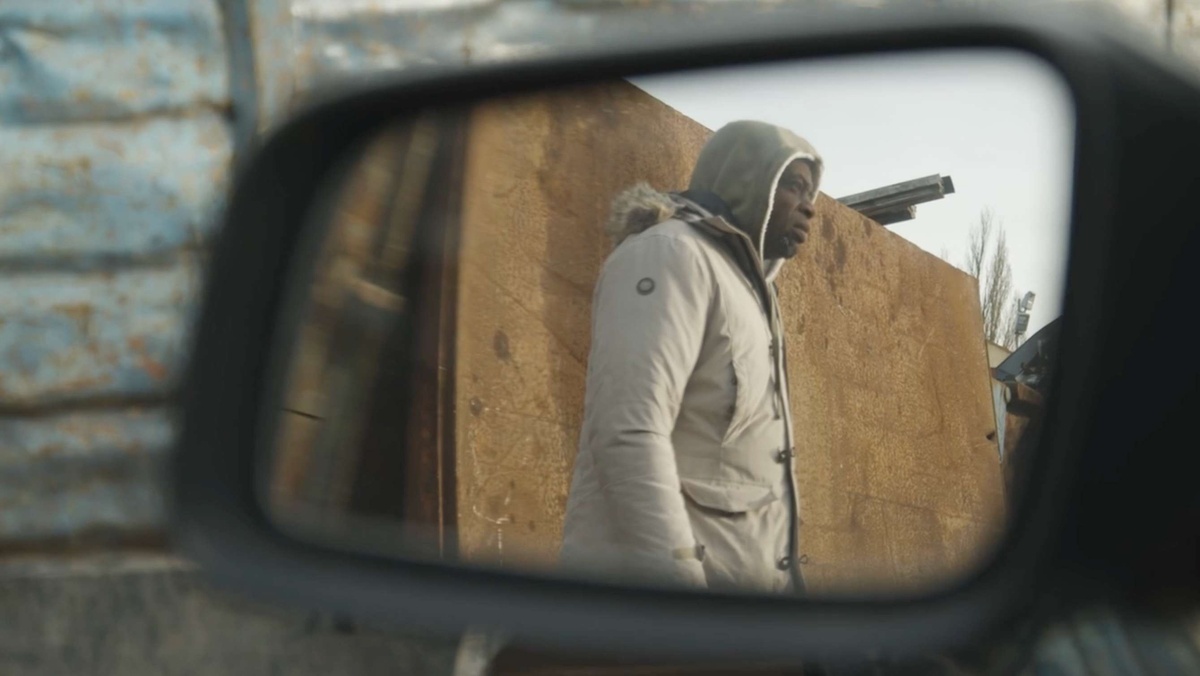
Karimah Ashadu
- Video
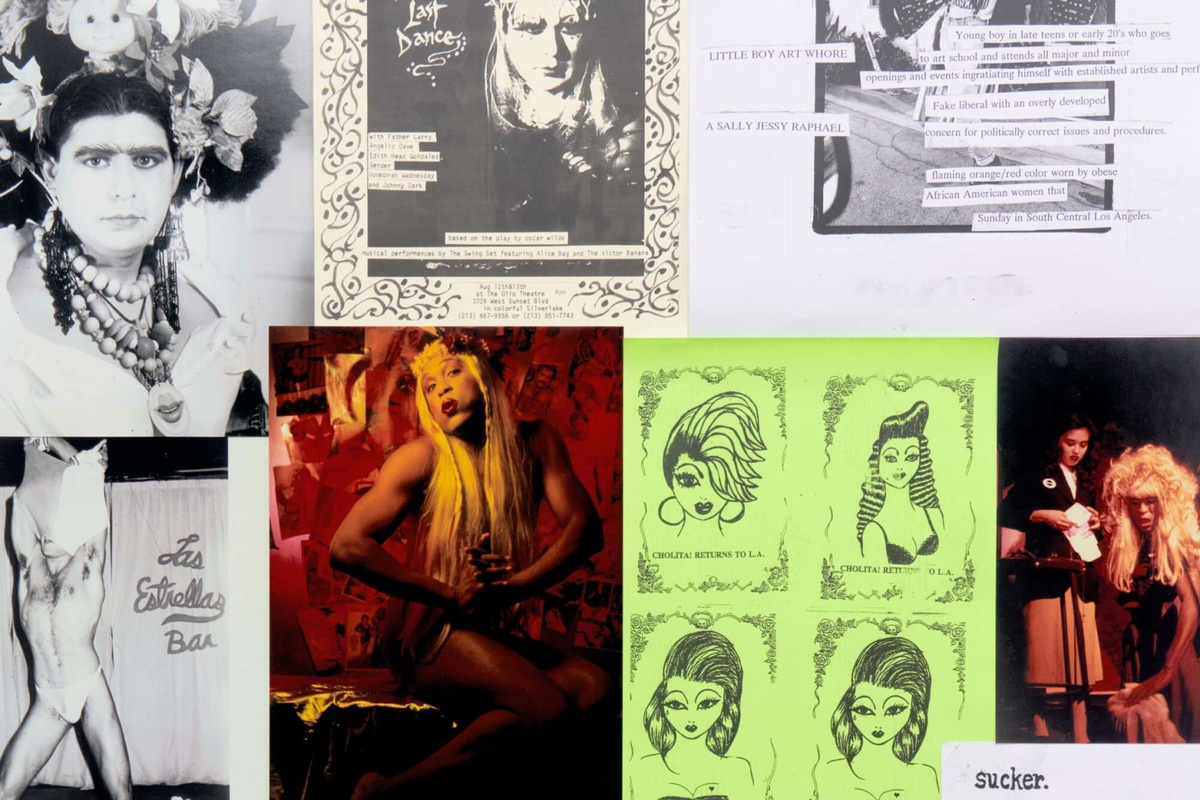
Vaginal Davis Club Sucker Playlist
- Audio
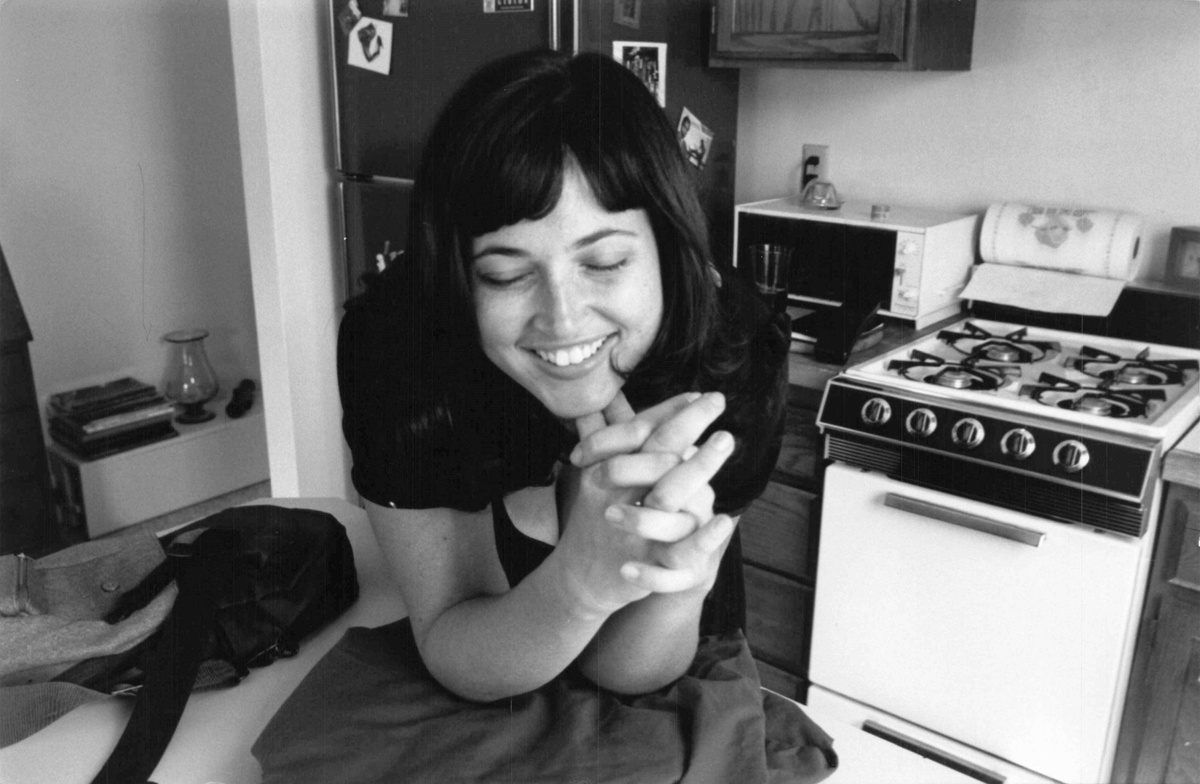
Love is the Drug: Screening and Conversation
- Video
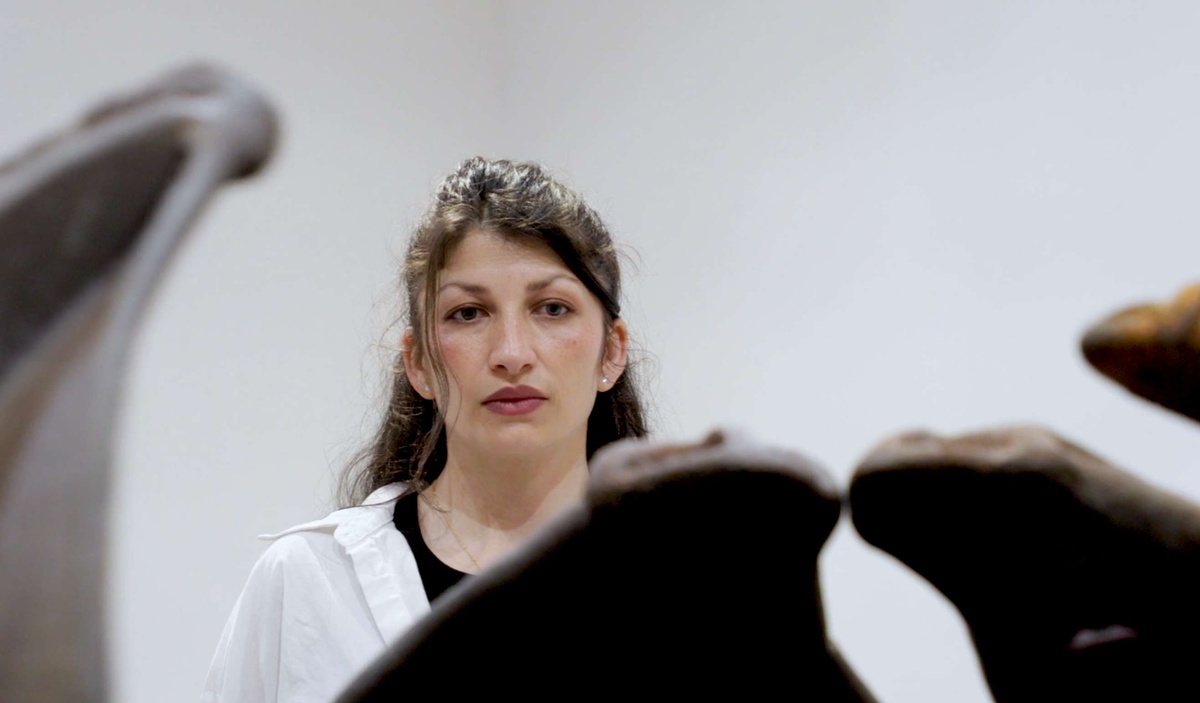
Selma Selman
- Video
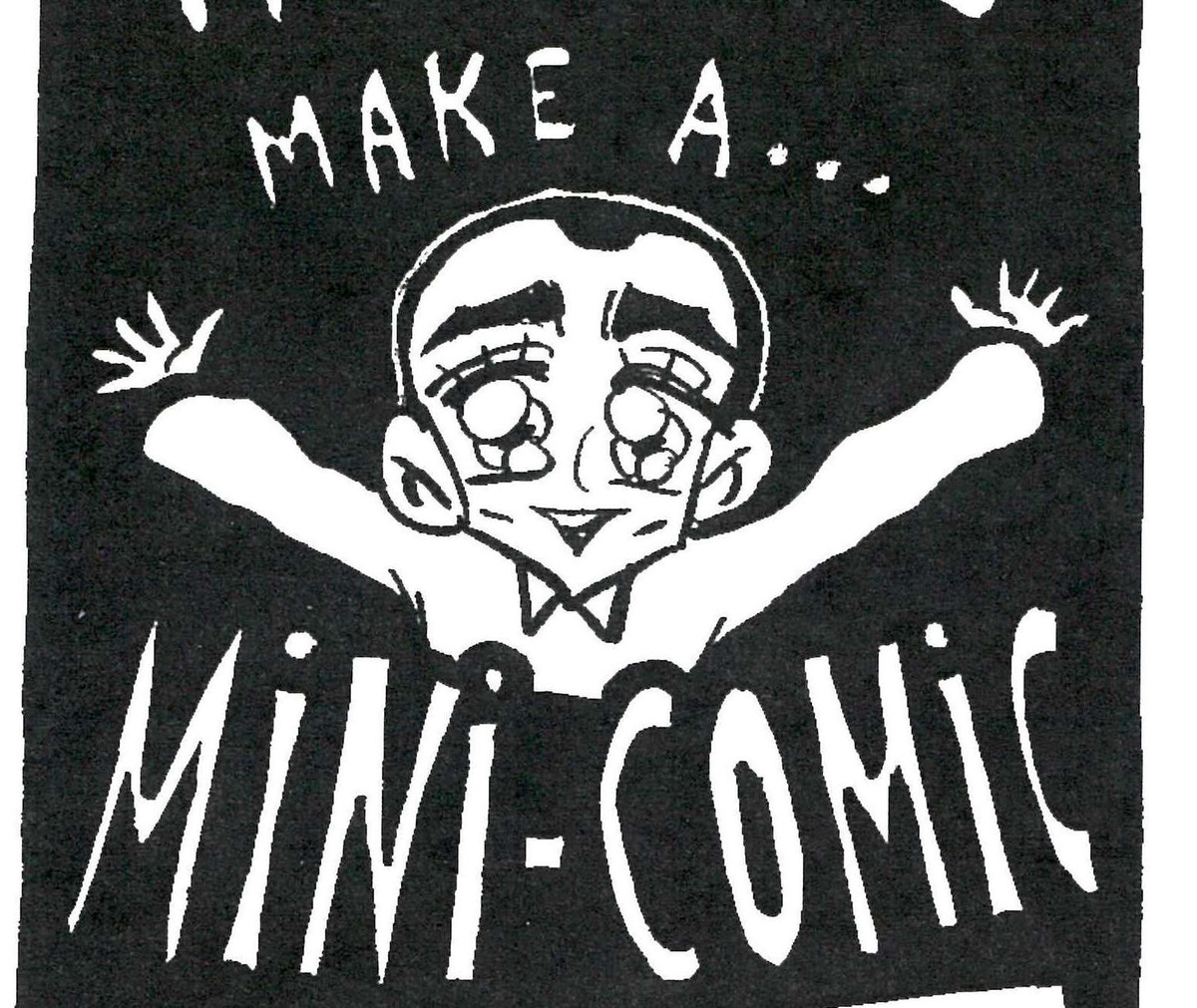
Make a Mini-Comic with Julien Ceccaldi
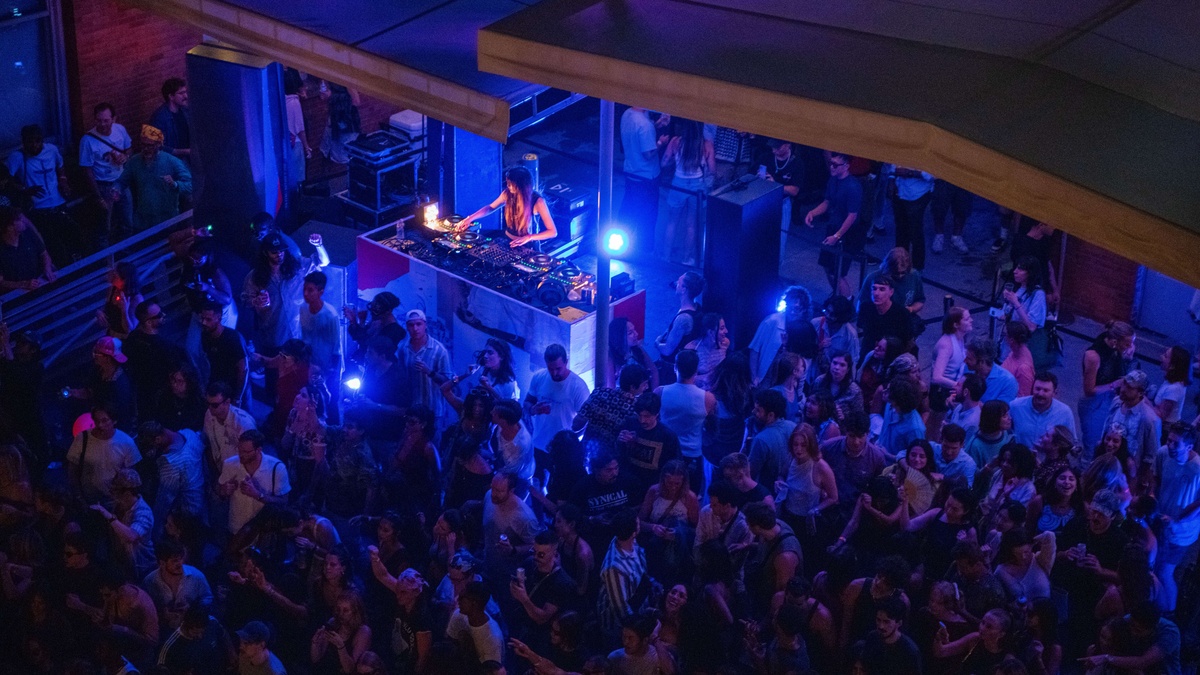
Jeffrey Joyal's Set Design for Warm Up 2025
- Writing
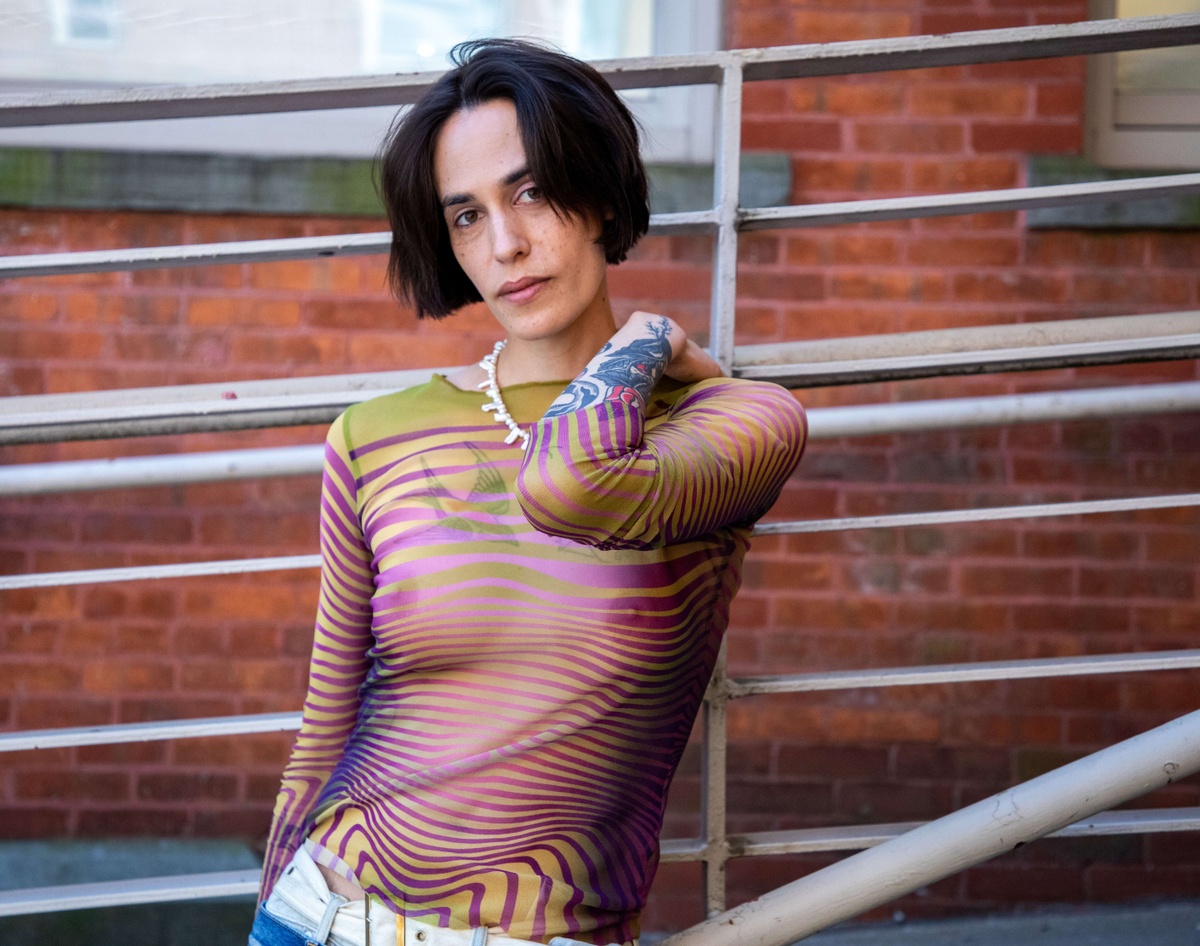
Meet the 2025 Warm Up Host Committee

Artists Make New York: Nick Relph
- Video
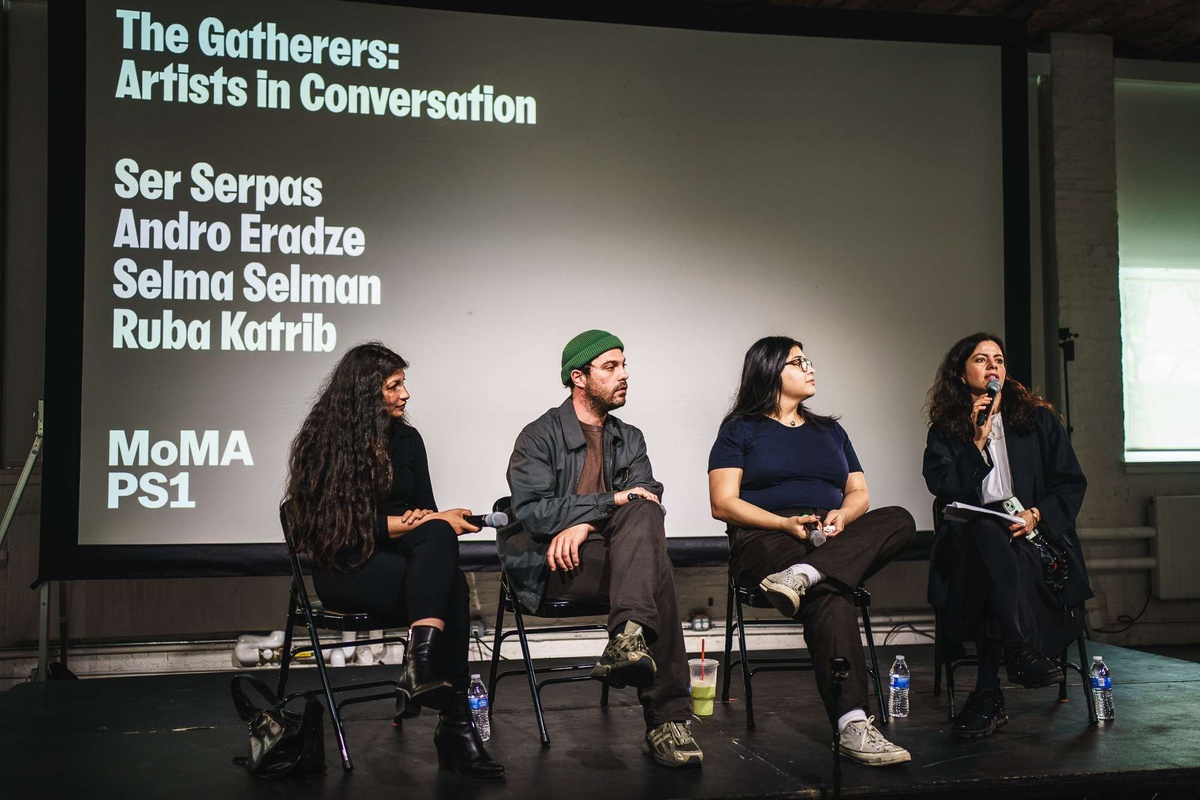
The Gatherers Artists in Conversation
- Video
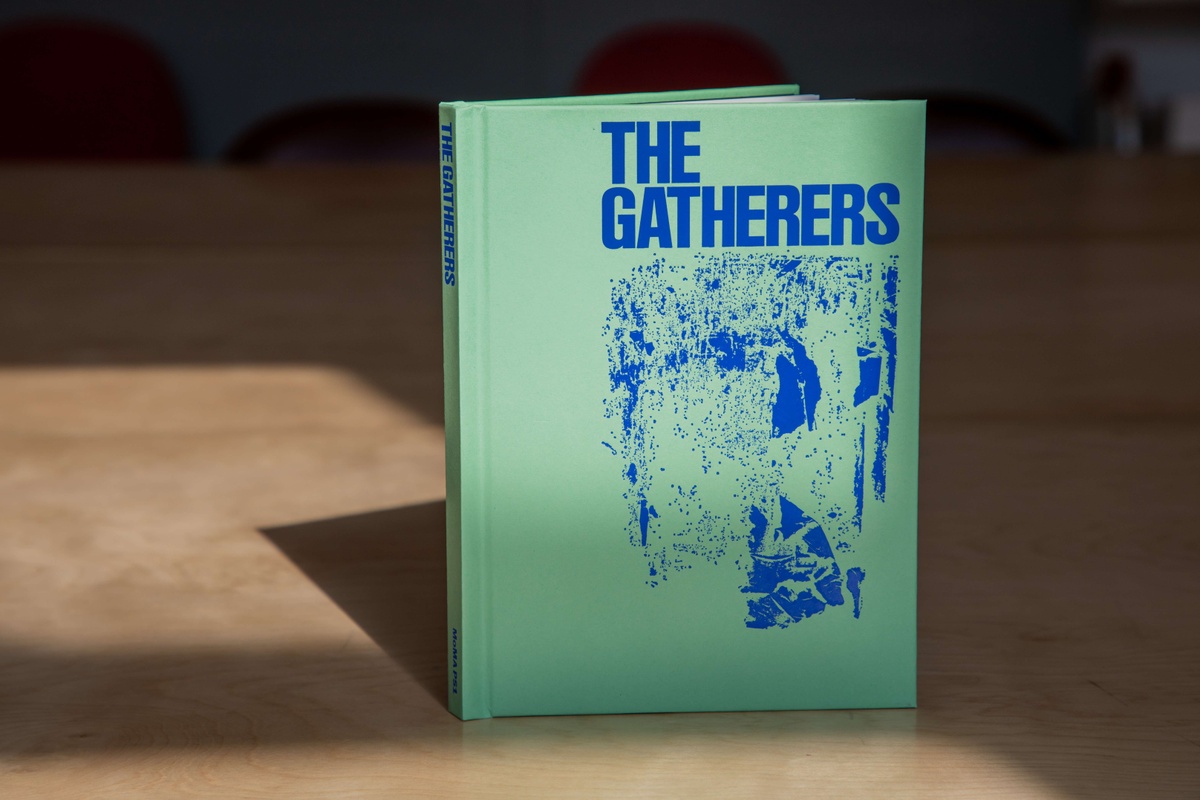
The Gatherers
- Publication
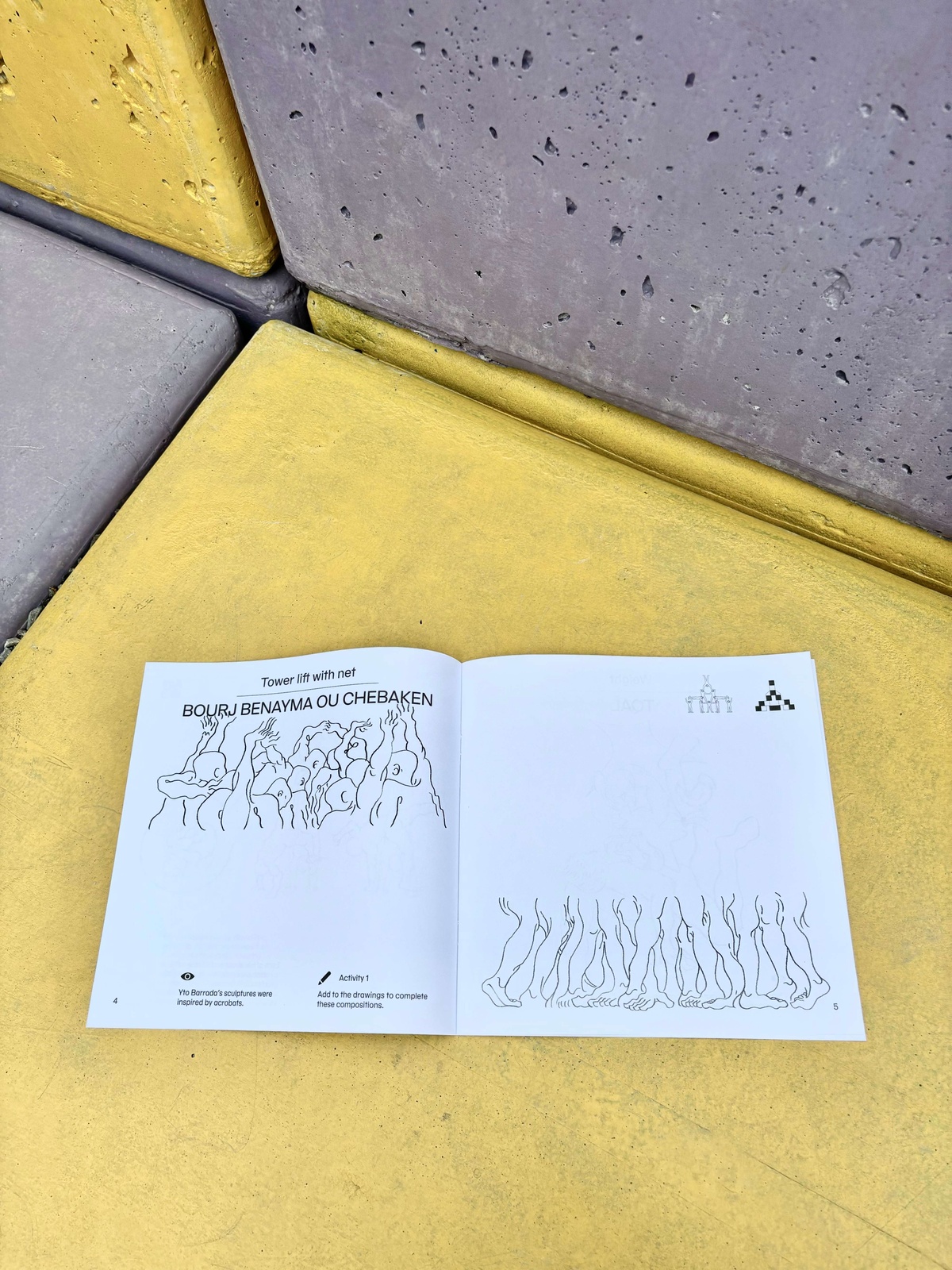
Yto Barrada Family Guide
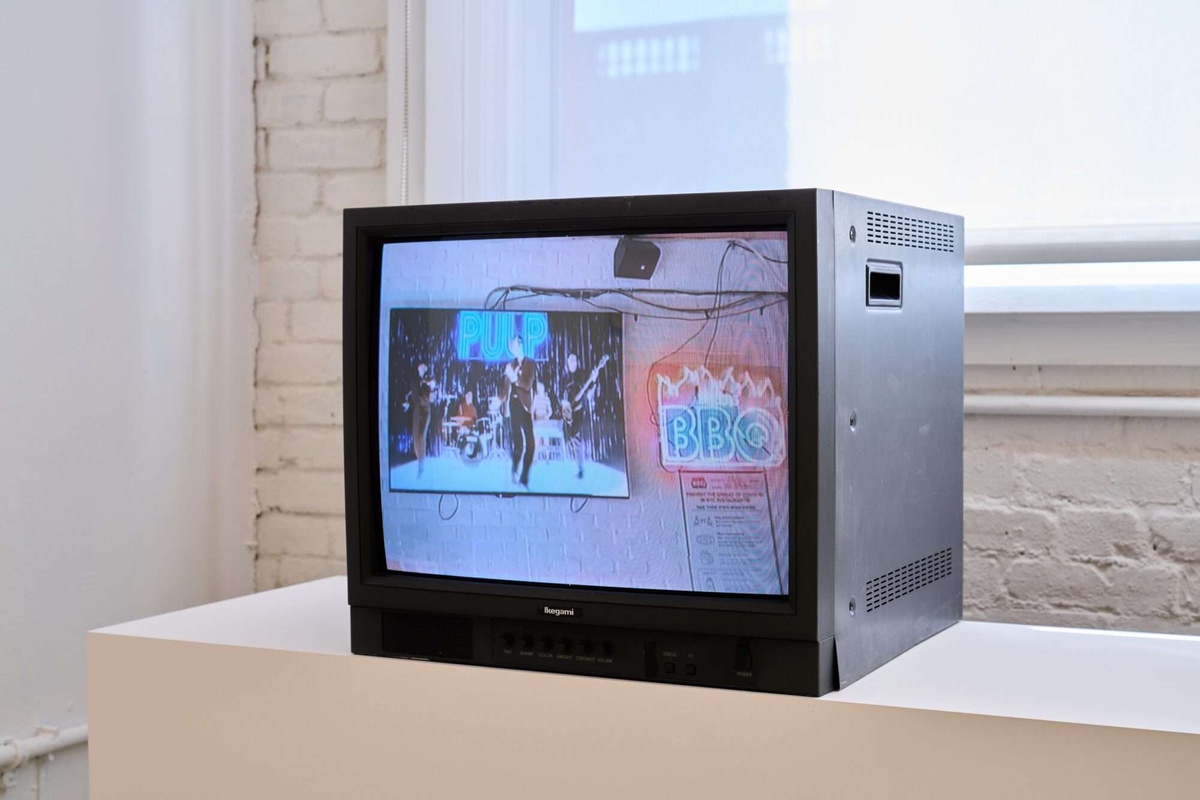
Whitney Claflin Audio Guide
- Audio
